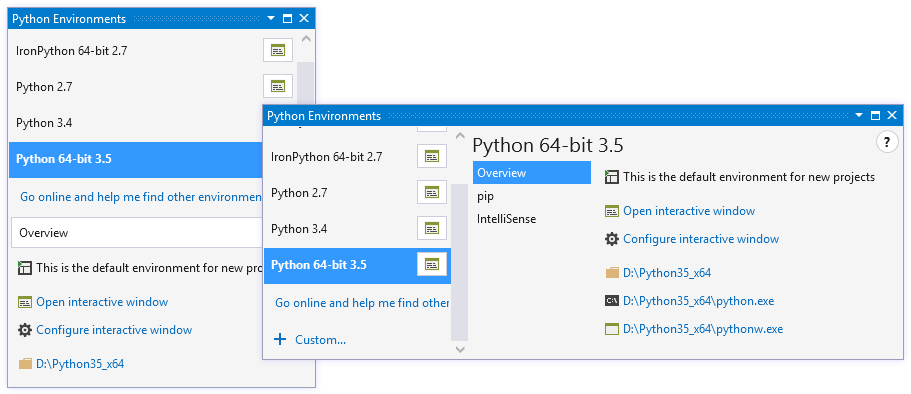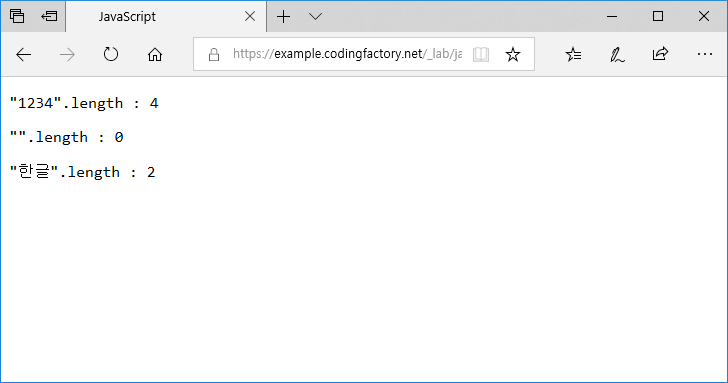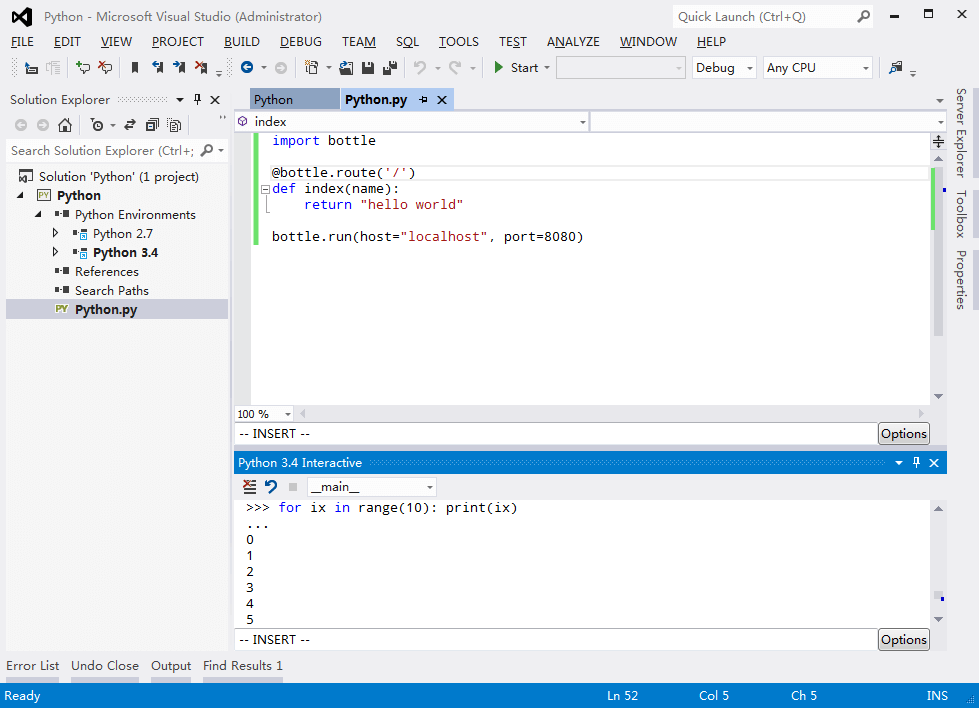

We like it in the new tall layout, but if you make the window wide enough it will snap into a horizontal layout. You can now easily view and configure all of your Python installations, open the Interactive Window, search PyPI for packages and install them, update packages you’ve already installed, and get more information about why IntelliSense isn’t working for some libraries (sorry). We’ve given the Python Environments a face-lift and added some new functionality. Working with multiple versions of Python is important to our users, and nearly everyone wants to find and install the latest and greatest Python libraries. The Task List window can be found in the View menu, and we’ll show the full list when Comments is selected in the drop down. Our users have long been asking to see these all listed in the Task List window, and in PTVS 2.2 Beta you now can. If you’re anything like us, you probably have little notes scattered throughout your code: things that you need to do later, things that you hope someone else will do later, and things that you know you probably shouldn’t have done.

Here are some of the highlights of the new release.

It’s not quite ready for production use yet, but we’d very much like to hear feedback on how it’s looking and to make sure that we’re making a tool that you’ll love to use. PTVS 2.2 Beta has a number of new features that our users have been asking for, as well as plenty of fixes for some really annoying issues (the complete list is here). We’ve been working on some of the most popular requests from users, and today we are releasing the beta of PTVS 2.2 for Visual Studio 2013 (including free options Visual Studio Community Edition, Express for Web and Express for Desktop) and Visual Studio 2015 CTP 6. Both the files will be opened in the main panel, side by side in inline view mode which is comfortable for comparing the differences.It’s been a while since we released Python Tools for Visual Studio 2.1 (PTVS), and in that time the team has been working on Azure Machine Learning and the Python Client library.Then right-click the second file and choose Compare with Selected.From the left Explorer panel, right-click the first file and choose Select for Compare from the right-click menu.Here are the simple steps to compare the contents of two code files in VS Code. So naturally VS code is my go-to tool for file comparison. I am using it for minor project development and even as a simple text editor.

For me, VS Code comes in handy as it is cross platform and I am using it on both macOS and Windows. Even though there are several tools like Beyond Compare, Araxis Merge, etc… which have lot of comparison and merging features, I use Visual Studio Code for quick file comparison during development or otherwise. Lately I got questions asking for a quick lightweight tool to compare code files.


 0 kommentar(er)
0 kommentar(er)
